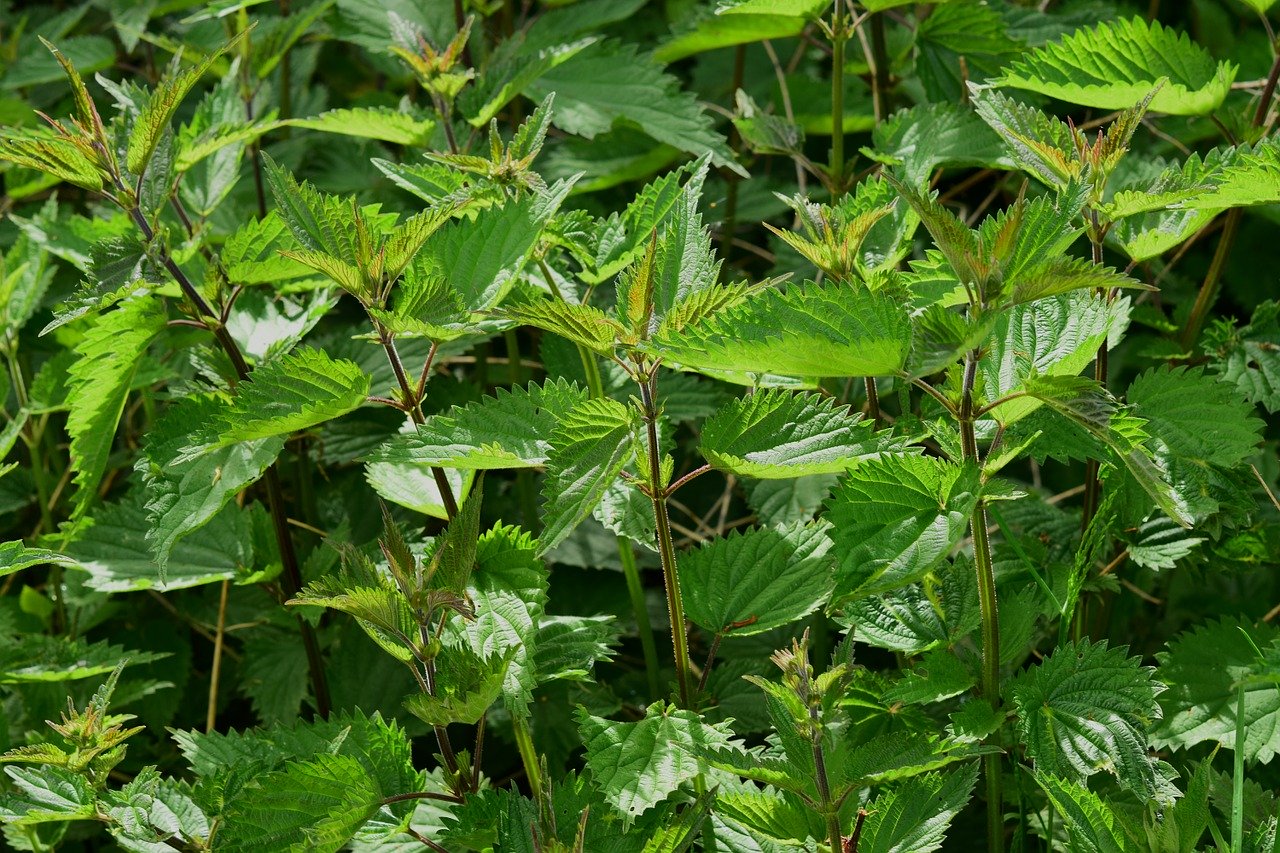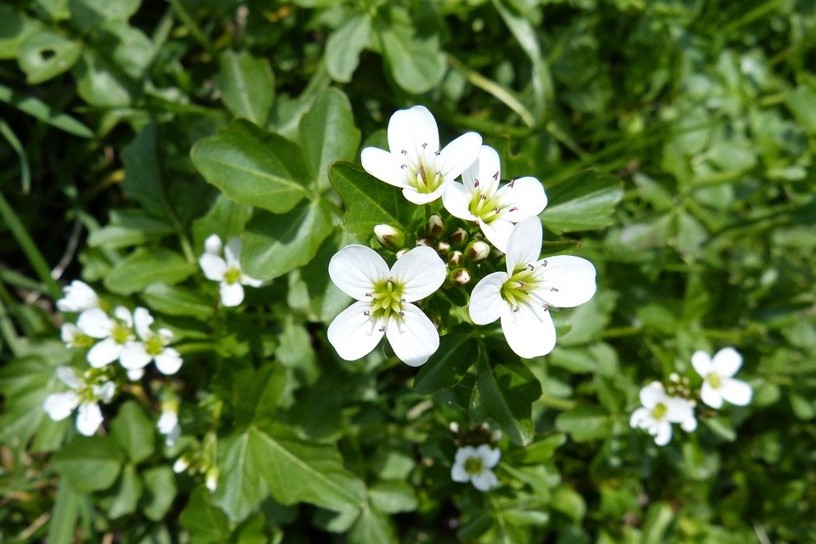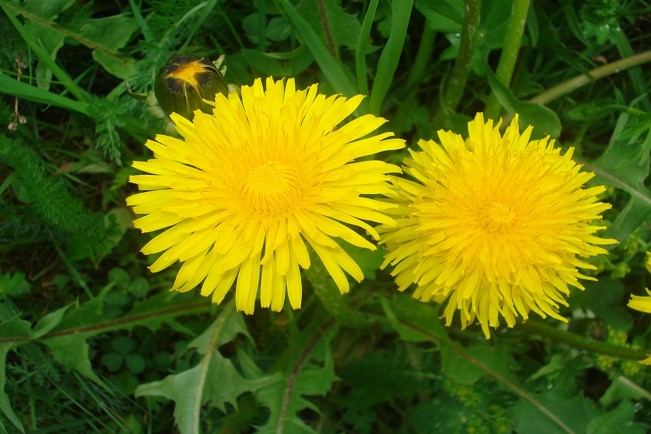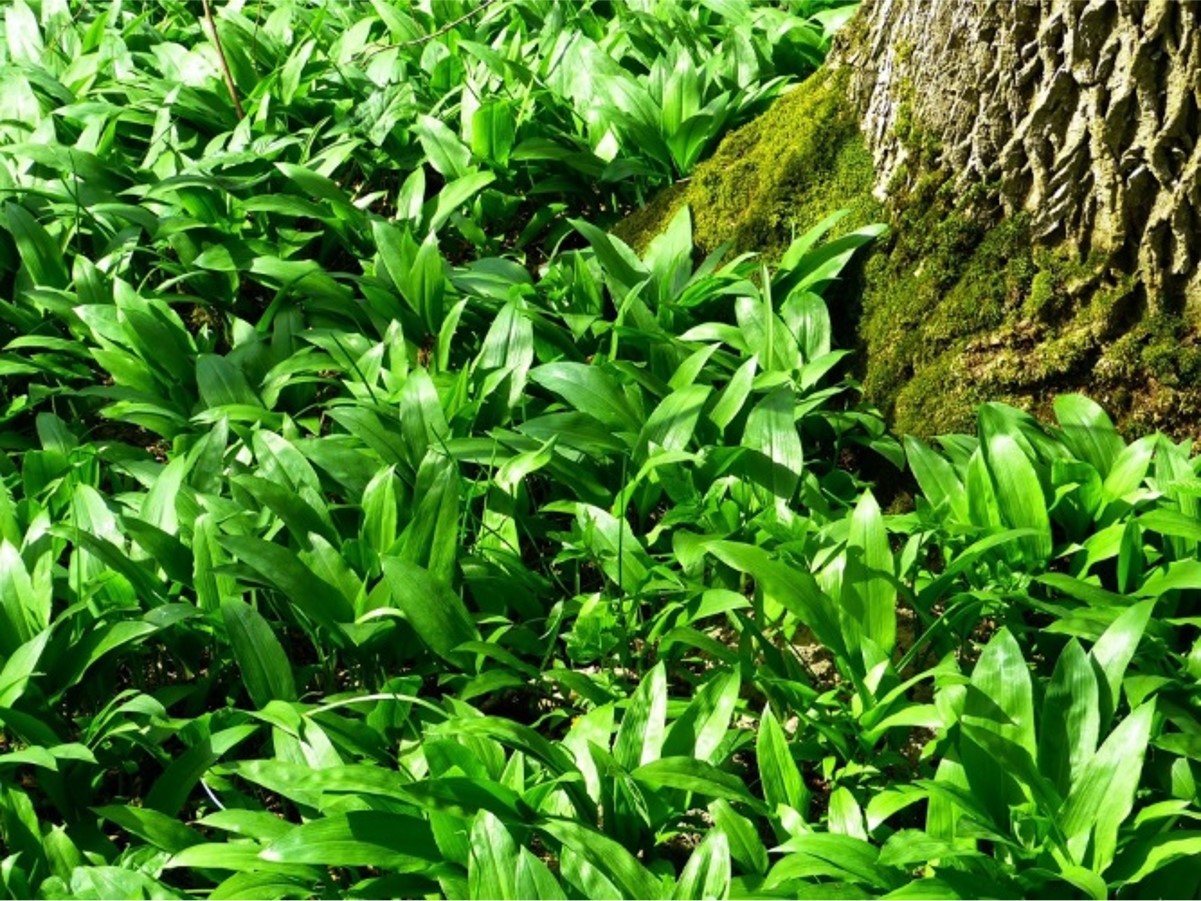Fresh wild herbs - ideal in the Kapha period
The use of indigenous and seasonally available medicinal herbs is highly recommended in Maharishi Ayurveda.
After the long winter without fresh green in nature, the fresh shoots are now sprouting. They have a particularly high healing power because they contain all the information for growth and vitality. When you eat these green messengers of nature, you are nourishing yourself with a concentrate of vital substances.
Now is Kapha time, and the fresh herbs have a particularly intensive Kapha-balancing effect.
During our free webinar "Ayurveda - type-appropriate nutrition in spring" we presented some of these culinary herbs of spring.
Take advantage of your walks in parks and in the great outdoors to stock up on wild herbs for your meals. There are some particularly valuable plants growing everywhere now that will enhance your dishes visually, tastefully and from the health effect. Here we show you some herbs that you can find just about anywhere and that are also easy to recognise.
Nettle
 Stinging nettles can be found in Central Europe on all meadow and forest edges. The fresh young shoots are particularly delicate and effective. In European naturopathy, stinging nettles are considered to purify the blood, stimulate the metabolism and reduce inflammation. They relieve the body through their diuretic effect. They also support other therapies for chronic joint complaints such as rheumatism and gout.
Stinging nettles can be found in Central Europe on all meadow and forest edges. The fresh young shoots are particularly delicate and effective. In European naturopathy, stinging nettles are considered to purify the blood, stimulate the metabolism and reduce inflammation. They relieve the body through their diuretic effect. They also support other therapies for chronic joint complaints such as rheumatism and gout.
Ingredients: rich in calcium, vitamin C and provitamin A, magnesium, iron and phosphorus.
Ayurvedic energetics: the nettle has the flavours sweet, bitter and tart. It has a balancing effect on all three doshas.
Collecting nettle leaves is unpleasant because the stinging hairs on the top of the leaves cause painful wheals. The formic acid contained releases histamine in the skin and this causes itching and swelling. When collecting, you have to pluck the leaves from the bottom because the underside does not release formic acid. Or even better, wear work gloves when picking.
Nettles can be used raw and cooked. If you eat them raw, you have to remove the burning effect of the leaves by applying pressure. This is done by tapping the leaves and cutting them finely.
Use: as a valuable addition to smoothies, finely chopped in salads and raw vegetable dishes, steamed alone or together with spinach or chard as a vegetable sauce.
Watercress
 Watercress is an aquatic plant and grows mainly in springs, swamps or small streams. The fact that watercress grows by a body of water is often seen as an indication of the purity of the water. Watercress is considered an appetising, metabolism-stimulating and diuretic medicinal plant. It is also recommended as an aphrodisiac in folk medicine. It grows all year round and has a particularly high vitamin C content.
Watercress is an aquatic plant and grows mainly in springs, swamps or small streams. The fact that watercress grows by a body of water is often seen as an indication of the purity of the water. Watercress is considered an appetising, metabolism-stimulating and diuretic medicinal plant. It is also recommended as an aphrodisiac in folk medicine. It grows all year round and has a particularly high vitamin C content.
Ingredients: Bitter substances, abundant tannins, essential oils, vitamins A, B1, B2, C and E, minerals such as iron, iodine, phosphorus, calcium.
Ayurvedic energetics: because of its permanence and relationship with water, watercress is Vata-soothing. The pungent and bitter taste also has a balancing effect on Kapha.
Use: especially raw in salads, watercress tastes very refreshing. When cooked, it becomes very bitter.
Dandelion
 Dandelion is a weed that can be found in all meadows and fields. Because of its bitter substances, dandelion has a beneficial effect on the liver, gall bladder and stomach. Dandelion is anti-inflammatory and stimulates appetite, liver metabolism and digestion.
Dandelion is a weed that can be found in all meadows and fields. Because of its bitter substances, dandelion has a beneficial effect on the liver, gall bladder and stomach. Dandelion is anti-inflammatory and stimulates appetite, liver metabolism and digestion.
Ingredients: Vitamin C, vitamin A and magnesium.
Ayurvedic energetics: balances Pitta and Kapha.
Use: in spring, the leaves are harvested and used as a salad. Also suitable as a sparing addition to smoothies. Cooked as an addition to soups and vegetables. The flowers can be preserved in sugar syrup to make "dandelion honey". In autumn, the roots are dug up, dried and chopped. They can be used for liver-cleansing teas.
Wild garlic
 Wild garlic grows in the partial shade of meadows and forest edges. As a leek, it has a blood-cleansing and metabolism-stimulating effect like its relatives.
Wild garlic grows in the partial shade of meadows and forest edges. As a leek, it has a blood-cleansing and metabolism-stimulating effect like its relatives.
WARNING: Risk of confusion with lily of the valley! Typical of wild garlic: strong leek-like smell and multi-edged stem with only one leaf (lily of the valley: odourless and round stem with two leaves).
Ingredients: Vitamin C (its vitamin C content of 150 milligrams per 100 grams even exceeds that of lemons). The culinary herb strengthens our immune system and provides valuable minerals such as potassium, magnesium, iron and sulphur.
Ayurvedic energetics: : pungent and heating, especially Kapha-balancing.
Use: raw, best finely chopped on buttered bread or made into spreads. If wild garlic is so poorly tolerated, we recommend briefly roasting the coarsely chopped leaves in ghee. Steamed as an addition to spinach or mixed vegetables. As an addition to spaetzle, dumplings and other pasta.
Summary
Wild herbs that now grow in our meadows, fields, meadows and forests are full of vital substances. Their properties distinguish them above all as Kapha-balancing additions to our diet.
Use the healing power of local wild herbs now!


We look forward to your feedback!